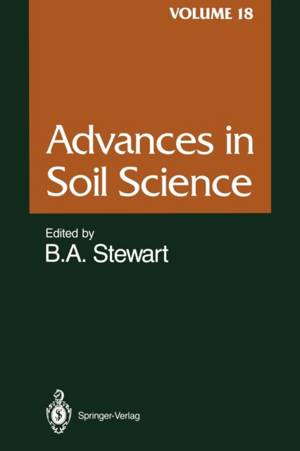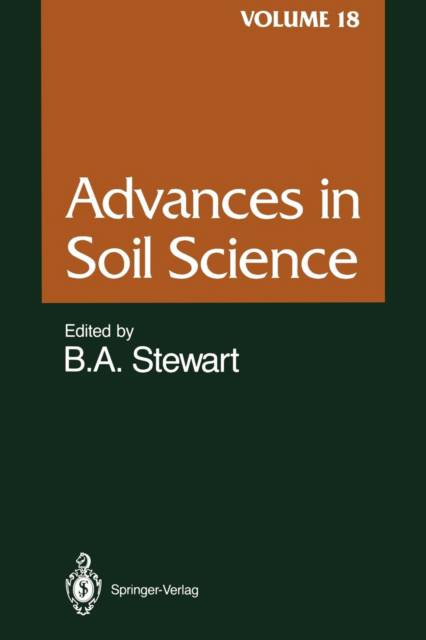
- Afhalen na 1 uur in een winkel met voorraad
- Gratis thuislevering in België vanaf € 30
- Ruim aanbod met 7 miljoen producten
- Afhalen na 1 uur in een winkel met voorraad
- Gratis thuislevering in België vanaf € 30
- Ruim aanbod met 7 miljoen producten
Zoeken
€ 147,45
+ 294 punten
Omschrijving
Advances in Soil Science was conceived in 1982 to provide a forum for leading international scientists to analyze and summarize the available scientific information on a subject, assessing its importance and ident- ifying additional research needs. This goal seems even more appropriate today. Much is known about our soil resources. The principles learned and the technology developed need to be used to increase food pro- duction, particularly in developing countries, and sustain the productivity of the resource base. Advances in Soil Science fills a gap between the scientific journals and the comprehensive reference books. Scientists can delve in depth on a particular subject relating to soil science. Contributors are asked in particular to develop and identify principles that have practical applications to both developing and developed agricultures. Advances in Soil Science was established to be international in scope and cover all subjects relating to soil science. This volume certainly fulfills that objective. The first chapter is concerned with denitrification. The significance of denitrification in nitrogen use efficiency in agricultural, grassland, and forest ecosystems, and in global nitrogen cycling is now well recognized. Therefore, an understanding of denitrification is essential for the efficient use of nitrogen fertilizers and for protecting the environ- ment. The second chapter looks at the effects of subzero temperatures on the physical, biological, and chemical processes. This is an important area of soil science that has not been studied in great detail.
Specificaties
Betrokkenen
- Uitgeverij:
Inhoud
- Aantal bladzijden:
- 309
- Taal:
- Engels
- Reeks:
- Reeksnummer:
- nr. 18
Eigenschappen
- Productcode (EAN):
- 9781461276937
- Verschijningsdatum:
- 22/09/2011
- Uitvoering:
- Paperback
- Formaat:
- Trade paperback (VS)
- Afmetingen:
- 156 mm x 234 mm
- Gewicht:
- 453 g

Alleen bij Standaard Boekhandel
+ 294 punten op je klantenkaart van Standaard Boekhandel
Beoordelingen
We publiceren alleen reviews die voldoen aan de voorwaarden voor reviews. Bekijk onze voorwaarden voor reviews.










